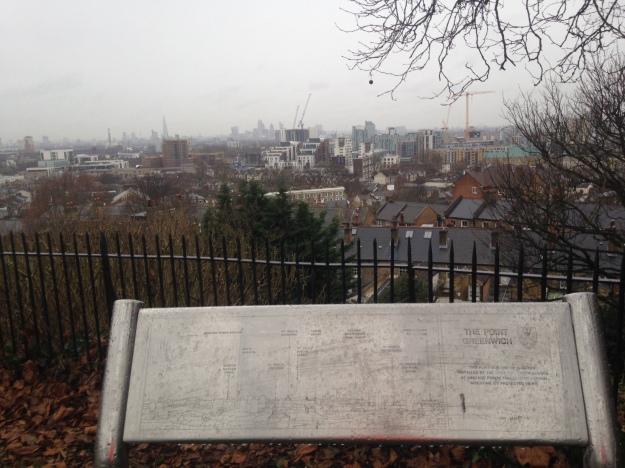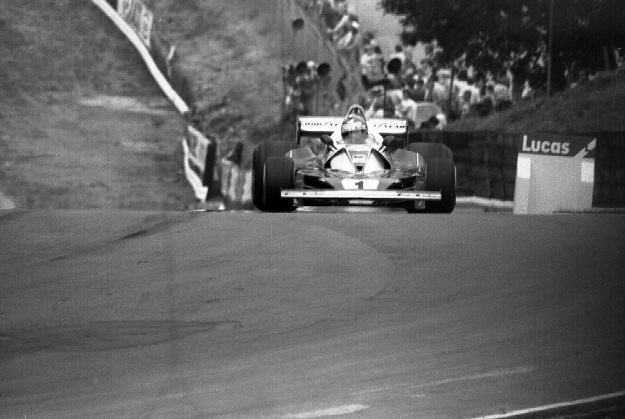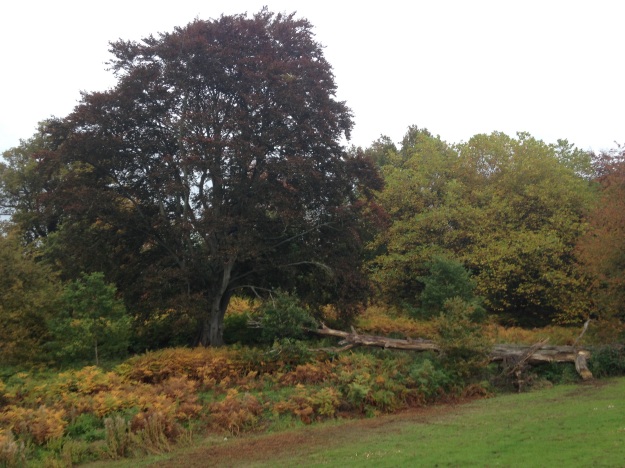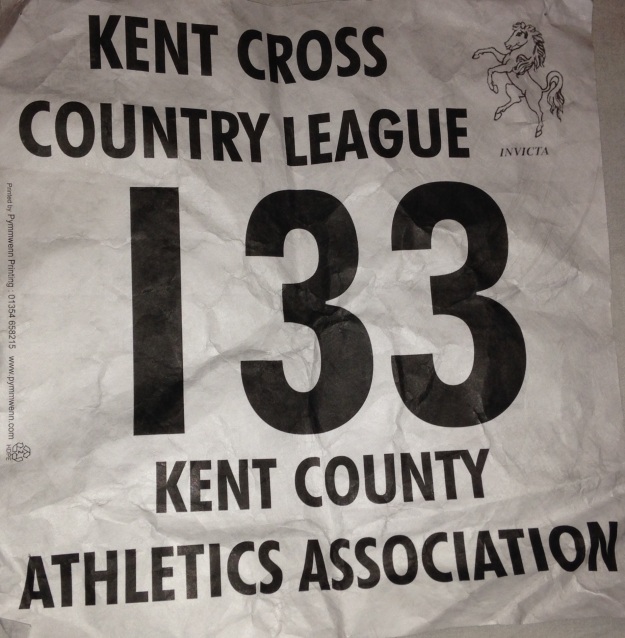Time series of images make for interesting viewing – it is a technique that many have used, such as the Chilean-born photographer Camilo José Vergara who recorded changes in particular buildings over 40 years and fellow blogger Bobby Seal who recorded the same view at the same time of day over a year and created a video.
On Twitter, the Barnsley Bard, Ian McMillan, creates 140 character poetic ‘images’ of his (very) ‘Early Stroll’ of around 40 minutes, that includes a visit to the paper shop – it is one of the joys of twitter .
The Point is perhaps my favourite view of London, it was the starting point for my first post on Running Past – there is an uninterrupted vista over the city in an arc from around Battersea in the south west to glimpses of Orbit in the Olympic Park to the north east.
Oddly, it isn’t a well-known panorama, often I am the only one admiring; it doesn’t have the impressive Inigo Jones foreground of the view a little further around the escarpment in front of the Observatory which draws in the tourists.
It is a place of solitude, despite the proximity of the often pollution laden A2, frequently the only sounds are the birds in the quite dense shrubbery that flanks the viewpoint along with the more distant rumble of the DLR.
In places, the horizon is truncated by the hilly landmasses of north London – Hampstead Heath and Highgate along with their relatively near neighbour which Alexandra Palace sits atop. All the tall London landmarks are visible – St Pauls, Telecom Tower, the ‘Cheese Grater’, the ‘Walkie-Talkie’, the ‘Shard’, the ‘Eye’, and the tops of the Canary Wharf towers – the number of stories depending on the level of pruning.
On a clear day the Wembley arch is visible in a way that the Towers never were – it sometimes glints in the sun – it is about 10 miles away as the crow flies; on a really clear day there are views beyond to what appear to be the tiny undulations of to what must be the Chilterns to the south and Harrow on the Hill to the north of it.
I first discovered the view from The Point on a run in the mid-1990s and have been frequently drawn back, although only started taking photographs a couple of years ago. The camera can never pick the level of detail of an eye scanning the horizon – the clarity of the view on a frosty autumn morning or after a summer afternoon downpour are hard to replicate, particularly with a smart phone camera with no optical zoom.
Some of the changes would need a much longer time series of photographs to become apparent – most of the larger landmarks of the cities of London and Westminster have appeared in the time that I have been viewing – it is a gradual evolution of the view, almost imperceptible from visit to visit. Over longer time periods the view has changed more – I bought a 1940s photograph of the view (taken slightly lower down the hill), while fascinating, its slightly blurry image is almost unrecognisable compared with those 70 years later, with considerable bomb damage around Deptford Creek. Only St Pauls Deptford seems constant – its steeple particularly clear.
The middle distance has evolved considerably – the Pepys Estate and other ‘regeneration’ schemes that have brought high specification private housing, but little genuinely affordable social housing, to the riverside and in the process have driven traditional Thames-side activities away from the waterfront. Deptford Creek, the mouth of the Ravensbourne, around a mile away, is much altered – it is no longer visible but now seems lined with glass and steel, including the impressive Laban Centre. The changes are even greater to the north – when I first ‘discovered’ the view, 1 Canada Square was there but little else on the Isle of Dogs, the Barkantine Estate towers on the east of the ’Island’ were still fairly dominant, they are now dwarfed by everything around them.
There are lots of other changes too, which it is easy to forget. Helpfully the viewpoint has a guide to the view provided by the old Greater London Council, which predated many of the now landmark buildings that dominate the skyline, less helpfully , most of the time those in charge of the grounds maintenance have allowed shrubs to block the view it described although an early January pruning has restored the view.

Other changes are more obvious – seasons, weather, cloud cover, pollution levels, times of day and foliage growth. The seasons make a surprising difference – the winter sun with its much lower angle casts a very different light to its midsummer counterpart – the former is clearer, brighter and crisper but the contrast is greater. My visits are often on a Sunday morning, more recently I have frequently laced up my running shoes in the afternoon. In the summer, I sometimes eschew the Wednesday evening ‘club run’ for a run nearer home – decisions that are often based around the timing of the sunset or the weather.
I only tend to visit in daylight, it is uneven under foot and ill lit at night, although there are exceptions, and rarely when it rains, although where there is a choice I would tend to avoid running in the rain and the phone stays firmly in the pocket.
But perhaps that is the key point, I am one of the variables, perhaps the single biggest influence on the series of pictures – it depends on me being there to be captured – it isn’t just the wet days, I may ‘skip’ the loop to The Point if I know the visibility is poor – the clarity of the view towards the spire of Our Ladye Star of the Sea on Crooms Hill from my emergence onto the Heath– is often the bellwether of adjustments to my run. I also decide on the angle of the photograph, the amount of zoom, while my eye is drawn more towards the horizon, the lens is drawn west-north-west towards the City, towards the glimpses of the River.









































